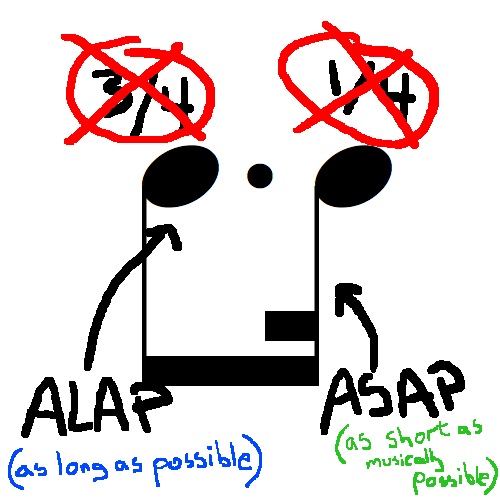Brian G. - Phase 2 - Hornpipe
Greetings Brian! Great work here! In short, this is a pass! I do have some thoughts and notes below to consider, but...
Phase 2 Result: 11/11 Requirements Achieved
Metronome Clearly Audible? Yes
"Best" Tempo Selection? Yes
Rhythm/Note-values understood? Yes
Rhythms accurate to the click of the metronome? Yes
Overall Rhythm Comments from Timothy:
Sweet job staying in on the groove Brian, and a good job staying in behind the click. One point that I would like you to start integrating is to try shortening the short notes. Imagine that you're "poking fun" with the long notes, and that you're playfully stealing from the short notes. I think you'll be surprised at what it does for the energetic feel of your playing. Not to mention, it's what we're always striving for with regards to alap/asap.
Correct Melody Notes? Yes
Hole Coverage Good? Yes
Crossing Noises? No
Correct Gracenotes? Yes
Missed Gracenotes? No
Gracenotes Too Big/Sloppy? No
Gracenotes Out of Sync? No
Overall Basic Melody Comments from Timothy:
I could detect no fundamental or consistent flaws here Brian, which is awesome to report to you! I want you to start thinking on those dot-cut rhythms and exaggerating them in practice. I feel that your clean navigation can stand the test of increasing this contrast. Do that as your chanter practice focus while you're working on Phase 3! Mealaibh ur Naidheachd! @Timothy-Gatehouse






Responses